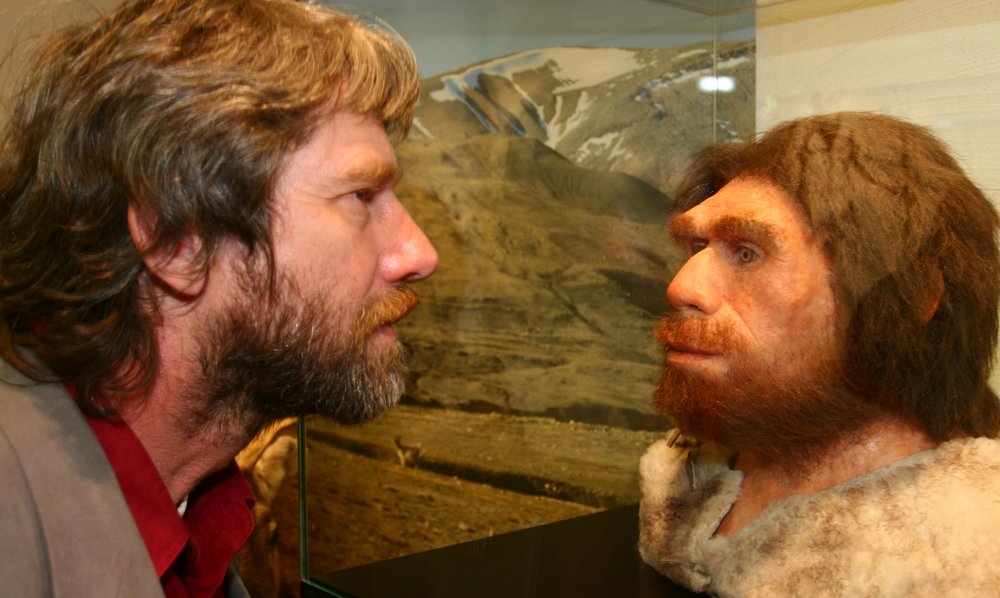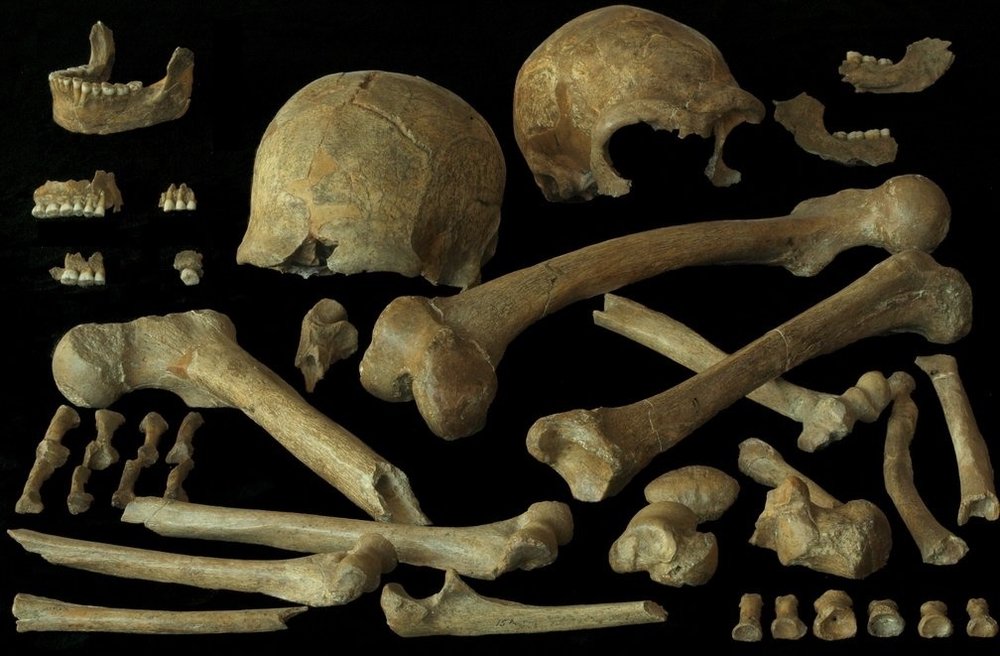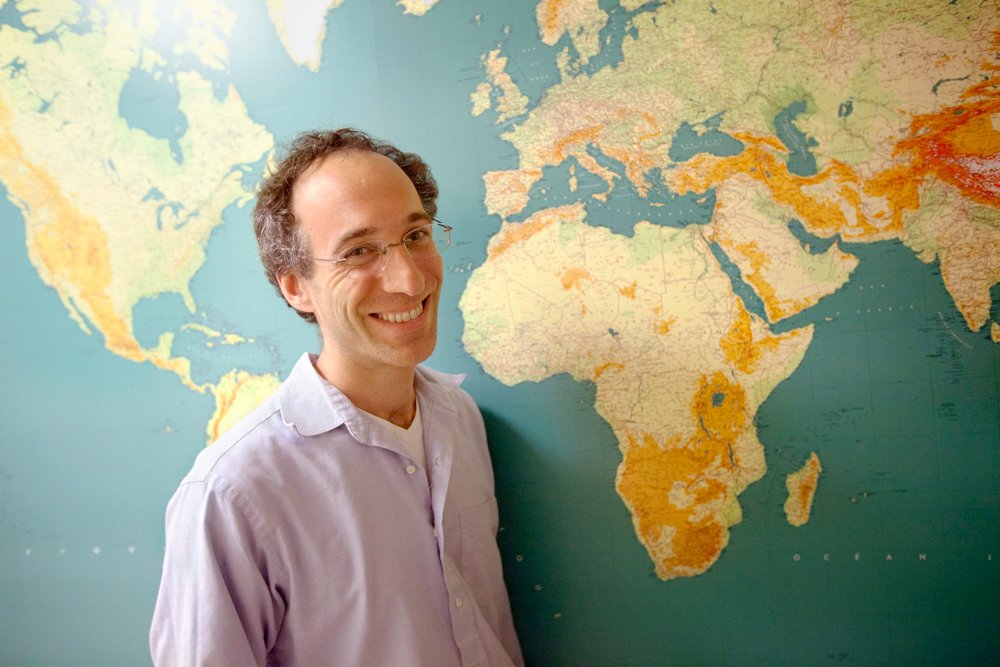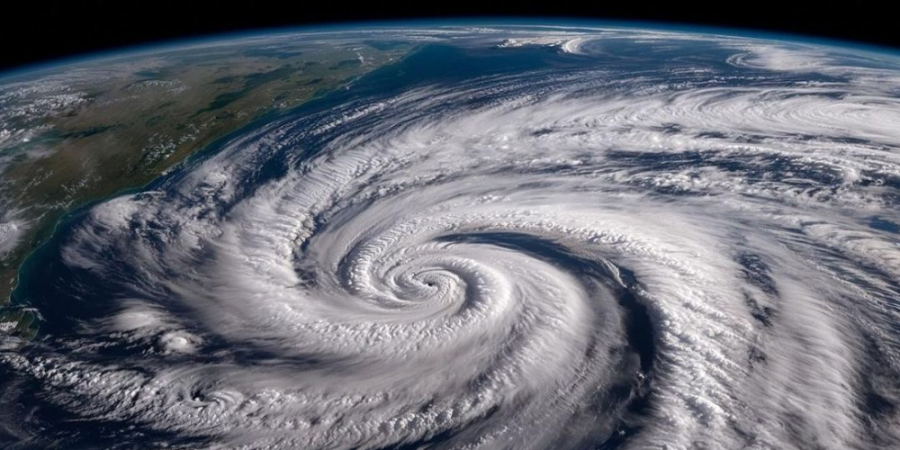Neanderthals are our distant ancestors who lived thousands of years ago and are known in the scientific community for their brutish nature and distinct facial features which made it easier for them to survive in harsh environments.
This hunter-gatherer race faced more dangerous challenges than most humans do today; they were constantly exposed to wild creatures like lions and leopards and had to put their lives in danger to hunt for large prey.
Most of the research done in the past shows that Neanderthals were only able to survive for a few years before getting affected by a deadly disease or getting hunted by other carnivores, but now, scientists from a new study say that our ancestors were capable of living a surprisingly long life due to their distinct features and survival instincts.

New research shows that Neanderthals were able to live a much longer life than previously estimated due to their distinct features
Who Were the Neanderthals?
The fossil remains of our mysterious ancestors were first discovered in Belgium in 1829, but the scientists named them after a place in Germany called Neanderthal – which means Neander valley – where a partial skeleton was found in 1856.
More remains of the Neanderthals were unearthed in various European sites in the twentieth century which gave archeologists a better understanding of how humans of Europe evolved 126,000 years ago at the beginning of the first epoch of the Quaternary Period called the Upper Pleistocene.
The Neanderthals, who are also known as Homo neanderthalensis, started going extinct almost 45,000 years ago when the earliest members of our own species (Homo Sapiens) migrated to Europe from Africa. It’s almost impossible to determine what exactly drove these pre-human species to extinction but many scientists believe that changing weather condition and competition for food may be two of the determining factors.
This hunter-gatherer species was specialized in hunting ice age animals like mammoths and bears which started to go extinct thousands of years ago due to climate change. As a result, The Neanderthals were starved to extinction while the Homo Sapiens, who were a more generalized species, was able to adapt to the changing environment and migrate to other lands and develop trade networks for the exchange of food and other goods.

The first fossil remains of the Neanderthals were discovered in Belgium in 1829
Unique Facial Features
For decades, scientists have been drawn to Neanderthals’ large round noses, bushy eyebrows and protruding foreheads and now they’ve finally unpicked the reason behind their distinct features and how they helped them survive in harsh environment.
A Latest study led by Chris Stringer, the head of London’s Natural History Museum human origins department, suggests that the distinct facial structure helped the Neanderthal survive in extremely cold temperatures.
Their large skulls protected them against the cold air while the wide nostrils enabled them to breathe in almost twice the amount of air that modern humans can. Their ability to take in more oxygen gave them an edge over other species since they were able to run faster and take on intense physical challenges without getting tired quickly. Although, the fact that there aren’t enough skulls and fossil remains of ancient humans creates a legitimate challenge for researchers.
Since the Neanderthals had a much coarser diet than modern humans, their large teeth and broad features enabled them to bite harder and chew their food more efficiently.

The researchers found that their noses, which were 29 per cent wider than most humans today, were also useful in warming the air around them in subfreezing temperatures.
Ability to Live Longer
The new research also showed that Neanderthals’ distinct facial features helped them live longer than previously estimated. Many of the corpses unearthed from French archeological sites were found in East-West orientation which led the scientists to believe that Neanderthals were buried after they died, much like modern humans.
Denis Peyrony who has been overseeing the excavation projects in France’s La Ferrassie says that the corpses found in the archeological site were laid in, what seemed like a funeral pit, dug out intentionally for the purpose of burial. Other researchers who observed the fossil remains of the Neanderthals consider the theory highly probable since the corpses displayed a pattern of broken bones that could have resulted from being buried after death.










